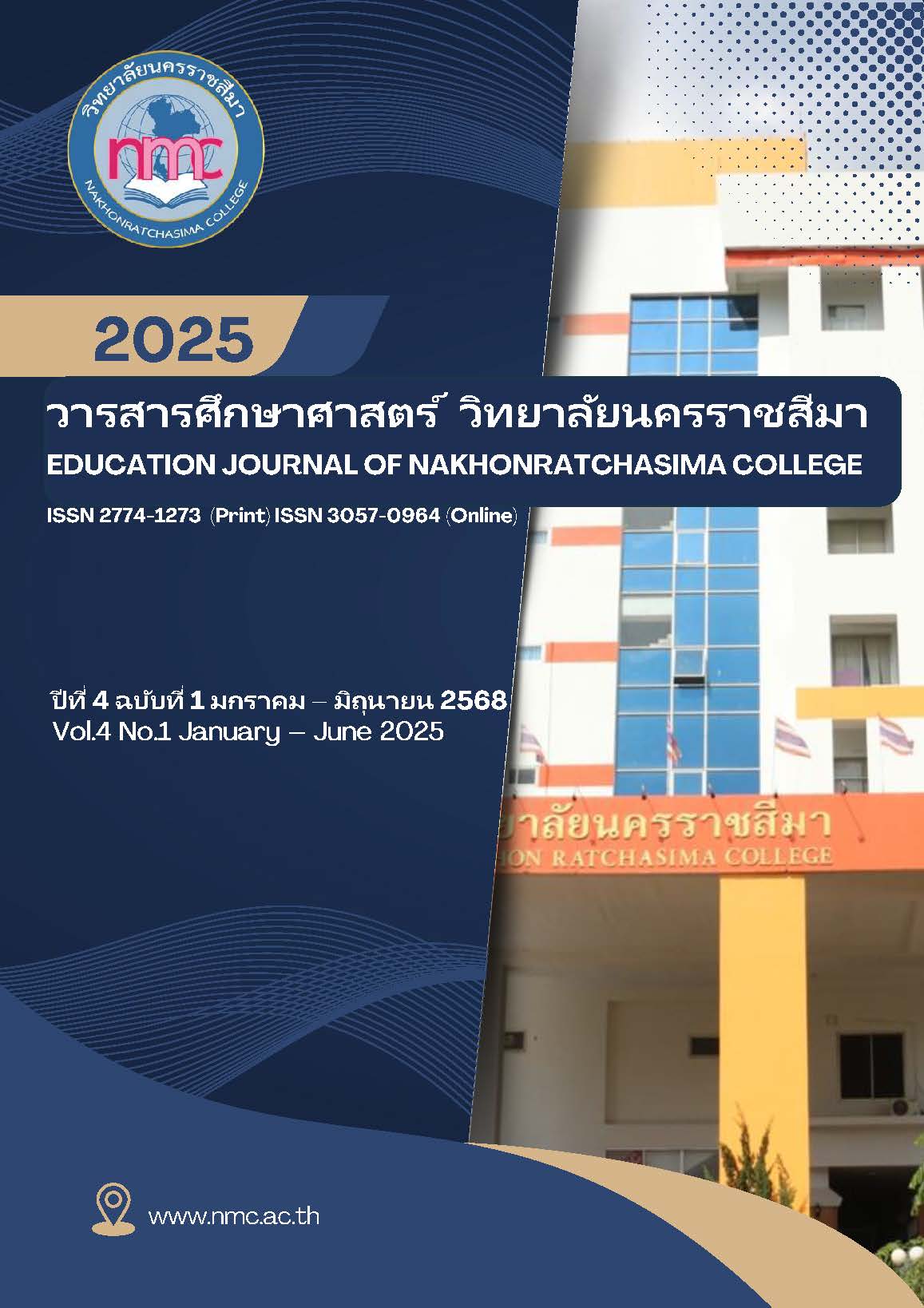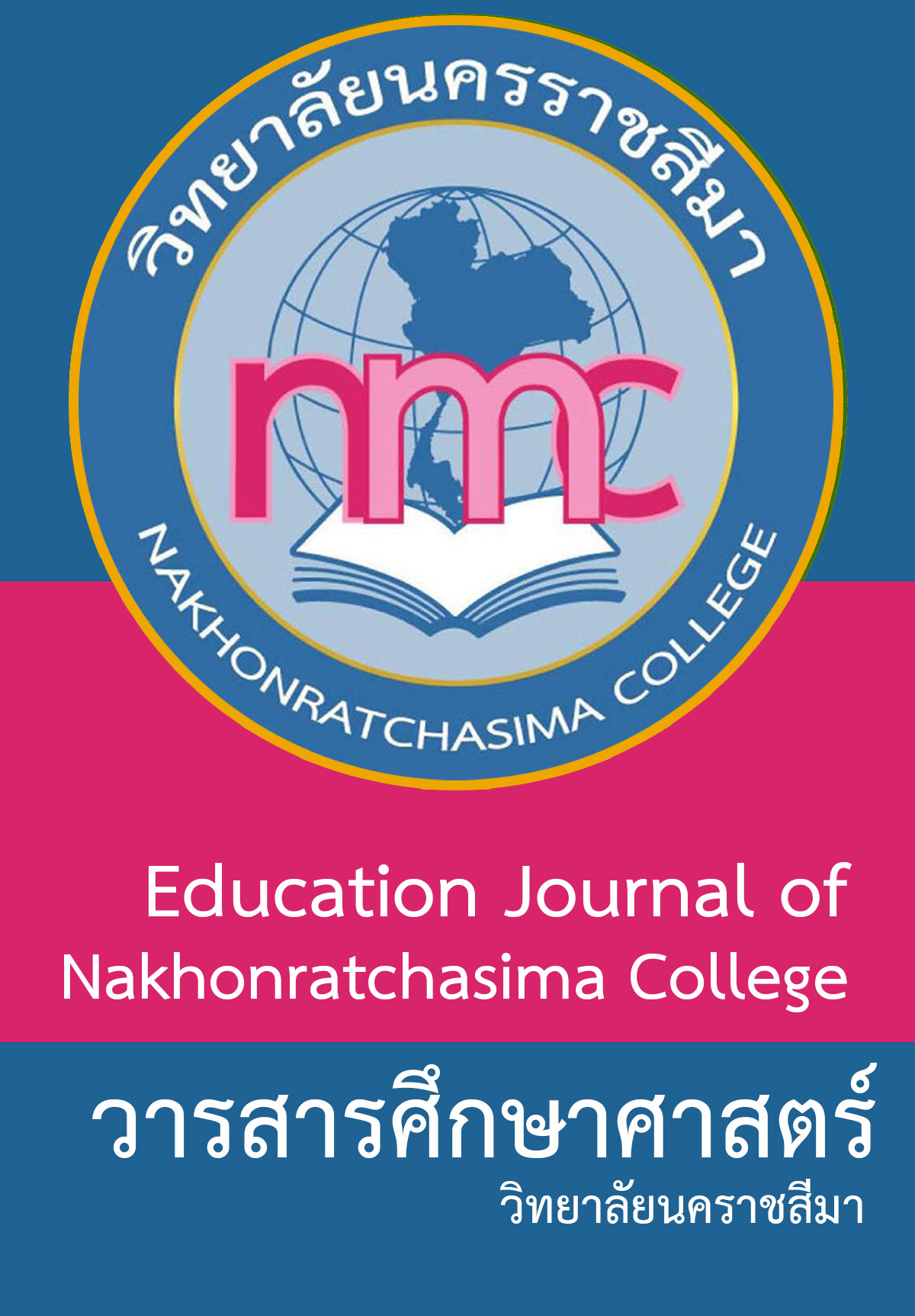โซเชียลมีเดียกับการสื่อสารความเสี่ยงโรคแอนแทรกซ์ ปี 2025
คำสำคัญ:
การสื่อสารความเสี่ยง, โซเชียลมีเดียกับการสื่อสาร, โรคแอนแทรกซ์บทคัดย่อ
บทความนี้มีวัตถุประสงค์เพื่อศึกษาบทบาทของโซเชียลมีเดียในการสื่อสารความเสี่ยงด้านสุขภาพโดยเฉพาะ ในกรณีของโรคแอนแทรกซ์ในปี 2025 ซึ่งเป็นช่วงที่มีการกลับมาของโรคในบางพื้นที่ทั่วโลก ท่ามกลางบริบทของ สื่อสังคมออนไลน์ที่เปลี่ยนแปลงอย่างรวดเร็ว บทความวิเคราะห์กรณีศึกษาในประเทศต่าง ๆ เครื่องมือที่ใช้ กลยุทธ์การสื่อสารที่มีประสิทธิภาพ และผลกระทบของการสื่อสารต่อความเข้าใจและพฤติกรรมของประชาชน นำเสนอข้อเสนอแนะในการใช้โซเชียลมีเดียเป็นเครื่องมือสื่อสารความเสี่ยงที่เหมาะสมในภาวะฉุกเฉินทางสุขภาพ กับการระบาดของโรคติดเชื้อหลายชนิดที่สร้างความวิตกกังวลทั้งในระดับโลกและในประเทศต่างๆ การสื่อสารความเสี่ยงในยุคดิจิทัลเป็นกลยุทธ์สำคัญในการตอบสนองต่อวิกฤตสุขภาพ เช่น โรคแอนแทรกซ์ในปี 2025 ที่มีการใช้โซเชียลมีเดียในการเผยแพร่ข้อมูลด้านสุขภาพอย่างรวดเร็วและกว้างขวาง โดยเฉพาะแพลตฟอร์ม Facebook, X (Twitter) และ Telegram ซึ่งช่วยให้หน่วยงานด้านสาธารณสุขสามารถให้ข้อมูลที่ถูกต้องและทันเวลา อย่างไรก็ตาม การแพร่กระจายข้อมูลเท็จในโซเชียลมีเดียก็เป็นความท้าทายที่สำคัญ ซึ่งอาจทำให้เกิดความตื่นตระหนกและการปฏิเสธนโยบายสาธารณสุข การสื่อสารในยุคดิจิทัลต้องคำนึงถึงความไว้วางใจจากประชาชนผ่านการมีส่วนร่วมและการตอบสนองที่ตรงประเด็น เพื่อให้ข้อมูล ที่โปร่งใส และสามารถตรวจสอบได้ ประสิทธิภาพในการสื่อสารข้อมูลทางวิทยาศาสตร์ให้ประชาชนเข้าใจง่าย และน่าสนใจการสื่อสารความเสี่ยงผ่านโซเชียลมีเดียจึงต้องมีการจัดการข้อมูลอย่างมืออาชีพและโปร่งใสเพื่อเสริมสร้างความเชื่อมั่นและลดความตื่นตระหนกในสังคม
เอกสารอ้างอิง
กรมควบคุมโรค. (2565). แนวทางการเฝ้าระวังโรคแอนแทรกซ์ในประเทศไทย. กระทรวงสาธารณสุข.
จันทนา พัฒนจักร. (2564). ระบบเฝ้าระวังโรคในสัตว์: ปัจจัยสำคัญในการป้องกันการแพร่ระบาดของโรคแอนแทรกซ์. วารสารมหาวิทยาลัยมหิดล, 28(2), 54–68.
ชุติมา รัตนมงคล. (2563). การจัดการข่าวลือและข้อมูลผิดพลาดในช่วงการระบาดของ COVID-19. วารสารนิเทศศาสตร์, 41(1), 112–130.
ทวีศักดิ์ บุตรตัน. (2565). ความไว้วางใจในการสื่อสารสาธารณะ: แนวคิด ทฤษฎี และการประยุกต์ใช้. สำนักพิมพ์แห่งจุฬาลงกรณ์มหาวิทยาลัย.
พันธุ์ทิพย์ สุขศรี. (2564). โซเชียลมีเดียกับการรับรู้ความเสี่ยงในช่วงวิกฤตโรคระบาด. วารสารวิจัยและพัฒนา มหาวิทยาลัยราชภัฏสวนสุนันทา, 13(2), 45–60.
ศาสตราจารย์ ดร.สมพร จิตต์บุญศรี. (2565). กลไกการสื่อสารและการจัดการข้อมูลผิดพลาดในสื่อสังคมออนไลน์ของหน่วยงานสาธารณสุข. วารสารสื่อสารมวลชน, 15(3), 78–95.
สำนักงานคณะกรรมการสุขภาพแห่งชาติ. (2565). ยุทธศาสตร์การสื่อสารสุขภาพในยุคดิจิทัล: บทเรียนจาก COVID-19. เข้าถึงได้จาก https://www.nationalhealth.or.th
สุวิทย์ วิบูลผลประเสริฐ. (2564). การมีส่วนร่วมของประชาชนในการสื่อสารด้านสุขภาพผ่านโซเชียลมีเดีย. วารสารสุขศึกษาและพฤติกรรมศาสตร์, 43(1), 23–39.
อภิรดี วิสุทธิ์ธำรง. (2565). แนวคิด One Health กับการควบคุมโรคระบาดจากสัตว์สู่คนในประเทศไทย. วารสารสัตวแพทย์ไทย, 36(1), 17–29.
BBC News. (2025). การระบาดของโรคแอนแทรกซ์: WHO เตือนความเสี่ยงระดับโลก. เข้าถึงได้จาก https://www.bbc.com/news
Centers for Disease Control and Prevention. (2023). Anthrax. เข้าถึงได้จาก https://www.cdc.gov/anthrax/index.html
_______. (2024). One Health. เข้าถึงได้จาก https://www.cdc.gov/onehealth/index.html
Chou, W. Y. S., Oh, A., & Klein, W. M. P. (2018). Addressing health-related misinformation on social media. JAMA, 320(23), 2417–2418.
Covello, V. T., & Sandman, P. M. (2001). Risk communication: Evolution and revolution. In A. Wolbarst (Ed.), Solutions to an environment in peril (pp. 164–178). Johns Hopkins University Press.
Dixon, T. C., Meselson, M., Guillemin, J., & Hanna, P. C. (1999). Anthrax. New England Journal of Medicine, 341(11), 815–826.
Kaplan, A. M., & Haenlein, M. (2010). Users of the world, unite! The challenges and opportunities of social media. Business Horizons, 53(1), 59–68.
Kearney, M. D., Chiang, S. C., & Massey, P. M. (2020). The role of health misinformation on social media in shaping health behaviors: A scoping review. BMJ Global Health, 5(10),
Kruikemeier, S., Sezgin, M., & Borah, P. (2021). The effectiveness of infographic communication in health: A meta-analysis. Health Communication, 36(2), 233–240.
Merchant, R. M., Elmer, S., & Lurie, N. (2020). Integrating social media into emergency-preparedness efforts. New England Journal of Medicine, 362(10), 875–876.
Mock, M., & Fouet, A. (2001). Anthrax. Annual Review of Microbiology, 55(1), 647–671.
Moorhead, S. A., Hazlett, D. E., Harrison, L., Carroll, J. K., Irwin, A., & Hoving, C. (2013). A new dimension of health care: Systematic review of the uses, benefits, and limitations of social media for health communication. Journal of Medical Internet Research, 15(4), e85.
Paek, H.-J., & Hove, T. (2020). Risk communication research in public health: Principles, strategies, and applications. Routledge.
Turnbull, P. C. B. (2008). Anthrax in humans and animals (4th ed.). World Health Organization. https://www.who.int/publications/i/item/9789241547536
Vosoughi, S., Roy, D., & Aral, S. (2018). The spread of true and false news online. Science, 359(6380), 1146–1151.
Wang, Y., McKee, M., Torbica, A., & Stuckler, D. (2019). Systematic literature review on the spread of health-related misinformation on social media. Social Science & Medicine, 240,
World Health Organization. (2020). Risk communication and community engagement readiness and response to coronavirus disease (COVID-19): Interim guidance. https://www.who.int/publications-detail/risk-communication-and-community-engagement-readiness-and-initial-response-for-novel-coronaviruses
_______. (2021). Infodemic management: Infodemiology. https://www.who.int/teams/epi-win/infodemic-management
_______. (2025). Global anthrax situation report. https://www.who.int








